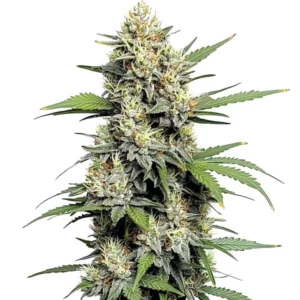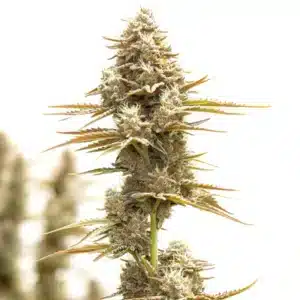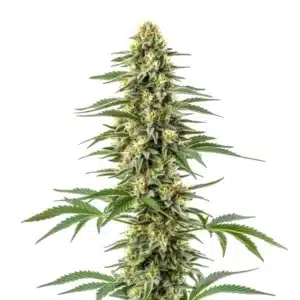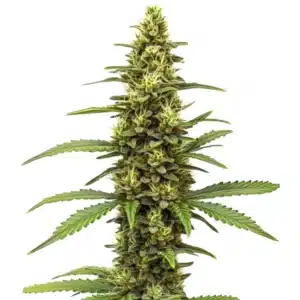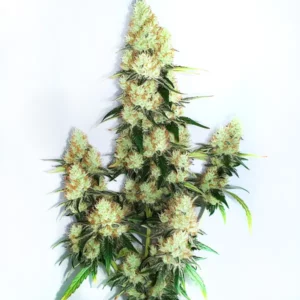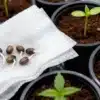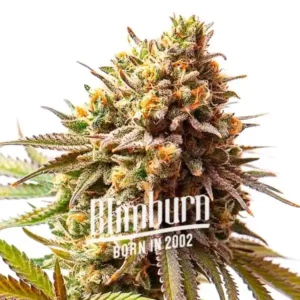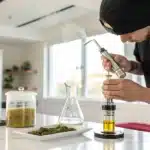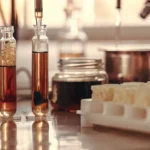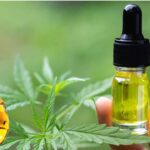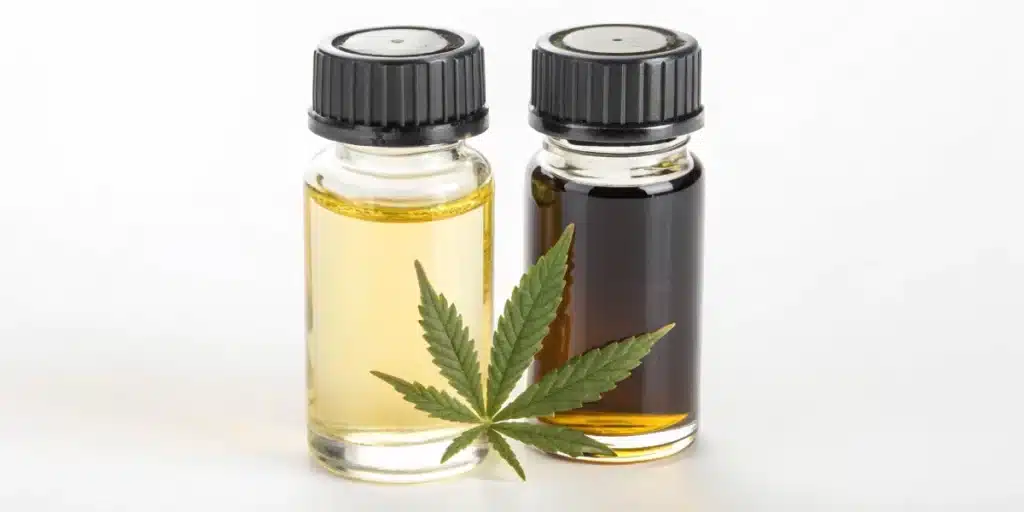
Cannabis Extract vs Concentrate: Differences and Benefits
Cannabis Extracts and Concentrates
While all extracts are concentrates, not all concentrates are extracts. Extracts refer specifically to concentrates created using solvents. In contrast, the term “concentrates” is broader and also includes products made through solventless (mechanical) techniques.
Cannabis extracts and concentrates are terms often used interchangeably, yet they describe different processes and products derived from the cannabis plant. Cannabis extracts are generally understood as products created by extracting specific compounds from the plant, such as cannabinoids and terpenes, using solvents or other methods. Concentrates, on the other hand, refer to products that have undergone further processing to intensify the potency and purity of these compounds, resulting in a more concentrated form of cannabis.
Recommended Strains
Honey Banana Cannabis Extraction
|
|
THC | 18% - 22% (Medium) |
|
|
Type | Cannabis Extraction |
|
|
Yield | Medium |
|
|
Phenotype | 60% Indica / 40% Sativa |
Honey Buns
|
|
THC | 23% - 27% (High) |
|
|
Type | Feminized |
|
|
Yield | High |
|
|
Phenotype | 50% Indica / 50% Sativa |
Extracts can take various forms, including oils, tinctures, and waxes. Each type of extract maintains unique characteristics that appeal to specific consumer preferences. Concentrates, like shatter, budder, and live resin, deliver a more potent experience, often with higher THC levels. Realizing these distinctions helps consumers make informed choices based on their desired effects.
The characteristics of cannabis extracts and concentrates also play a significant function in their applications. Extracts are commonly used in culinary creations, wellness products, and therapeutic applications, while concentrates tend to be favored by seasoned users seeking intense effects. Knowing these differences cannabis extract vs concetrate enhances the ability to tailor cannabis consumption to individual needs and preferences.
Historical Development and Usage
The historical development of cannabis extract vs concentrate dates back thousands of years, with ancient civilizations utilizing various forms of cannabis for medicinal and recreational purposes. In traditional Chinese medicine, for instance, cannabis was often used in tinctures to treat various ailments. As societies evolved, so did the techniques for extracting and concentrating cannabis compounds.
In the modern era, the cannabis industry has experienced a renaissance, leading to advanced extraction methods and an increased realizing of the plant’s chemistry. The introduction of innovative processes, such as CO2 extraction, has revolutionized the creation of cannabis extracts, allowing for the preservation of terpenes and cannabinoids in their most potent forms. This evolution not only enhances the quality of cannabis products but also meets the growing consumer demand for variety and potency.
Today, cannabis extract vs concentrate are ubiquitous in both medical and recreational markets. The versatility of these products allows for diverse consumption methods, from vaping and dabbing to cooking and infusing. As consumer preferences continue to shift, the market for cannabis extracts and concentrates is poised for further growth, driven by an ever-increasing appetite for high-quality, potent products.
Promos & Deals
Cannabis Extract vs Concentrate: Production Methods and Techniques
Extraction Processes
The production of cannabis extracts involves a variety of extraction processes, each with its own unique benefits and drawbacks. Some of the most common methods include solvent-based extraction, CO2 extraction, and mechanical extraction. Solvent-based extraction utilizes substances like ethanol or butane to dissolve cannabinoids from the plant material, resulting in a potent extract. While effective, this method requires careful handling due to the flammability of solvents.
CO2 extraction has gained popularity for its ability to create high-quality extracts without leaving harmful residues. This method uses pressurized carbon dioxide to extract cannabinoids and terpenes, preserving their integrity and flavor. The result is a cleaner, more aromatic product that appeals to health-conscious consumers. Mechanical extraction, on the other hand, involves the physical separation of trichomes from the plant, yielding products like kief or hash. Each extraction method offers distinct advantages, making it essential for consumers to understand the differences when selecting products.
Concentration Techniques
Once the extraction process is complete, further concentration techniques may be employed to enhance the potency of the product. These techniques can include winterization, decarboxylation, and distillation. Winterization involves chilling the extract to remove unwanted fats and waxes, resulting in a cleaner concentrate that is more appealing to consumers. This process not only improves the extract’s clarity but also enhances its overall quality, making it a popular choice among producers.
Decarboxylation is another crucial step in the concentration process, transforming inactive compounds into their active forms. This process is essential for those seeking the psychoactive effects of THC, as it activates the compound by removing a carboxyl group. Distillation, on the other hand, allows for the separation of specific cannabinoids and terpenes, creating ultra-pure concentrates. Each of these concentration techniques contributes to the potency and efficacy of the final product, catering to a wide range of consumer preferences.
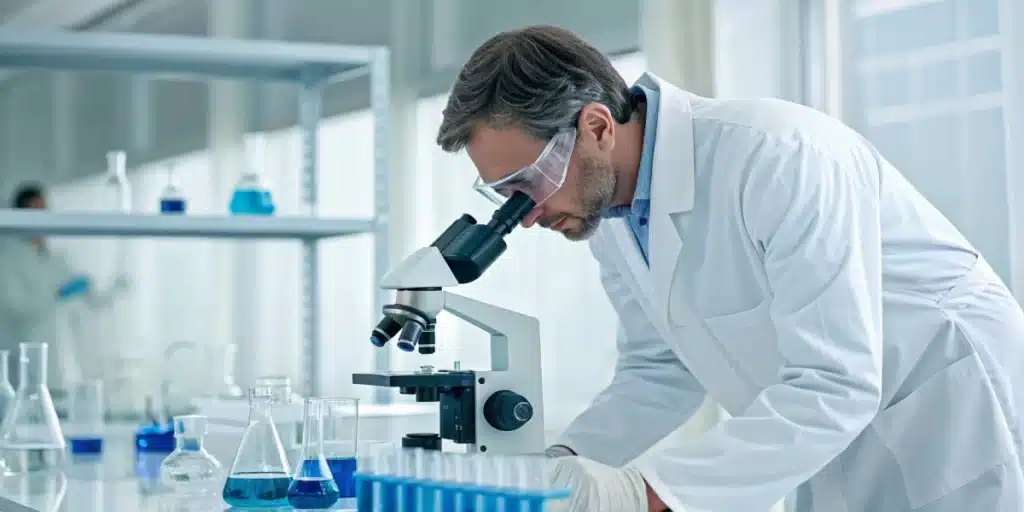
Chemical Composition and Potency
Analysis of Active Compounds
The chemical composition of cannabis extract vs concentrate is a vital factor that influences their effects and applications. Cannabinoids, terpenes, and flavonoids play significant roles in determining a product’s potency and therapeutic potential. Cannabinoids such as THC and CBD are the primary active compounds that provide the desired effects, while terpenes contribute to the flavor and aroma profile.
Analyzing the active compounds in cannabis products allows consumers to understand their potential effects better. For instance, high-THC extracts may deliver more intense psychoactive experiences, while CBD-rich concentrates are often sought for their therapeutic benefits without the high. The synergy between cannabinoids and terpenes, known as the entourage effect, further enhances the overall experience, making it essential to consider the full spectrum of active compounds when selecting products.
Effects and Usage Considerations
When discussing cannabis extract vs concentrate, the effects and usage considerations are paramount. Different products can yield varying effects based on their chemical composition and method of consumption. For instance, oils and tinctures may provide more gradual effects due to their slower absorption rates, while concentrates tend to deliver immediate and intense experiences.
Users should also be mindful of dosage and consumption methods. Concentrates, with their higher potency, require careful dosing to avoid overwhelming experiences. Beginners may benefit from starting with lower-potency extracts before gradually exploring concentrates. Additionally, methods of consumption, such as dabbing or vaping, can influence the onset and intensity of effects, further emphasizing the importance of informed choices.
Market Trends and Consumer Insights
Product Popularity and Demand
The cannabis market has witnessed a remarkable transformation in recent years, with extracts and concentrates becoming increasingly popular among consumers. As legalization spreads and public awareness grows, the demand for these products continues to rise. Consumers are drawn to the potency and versatility that extracts and concentrates offer, allowing for a more tailored cannabis experience.
Market research indicates that consumers are not only interested in potency but also in the quality and purity of the products they choose. The rise of health-conscious consumers has led to an increased demand for solvent-free extraction methods and organic cultivation practices. Brands that prioritize transparency and quality are more likely to capture the attention of discerning consumers seeking premium cannabis extracts and concentrates.
Industry Challenges and Innovations
As the cannabis industry grows, so do the challenges it faces. Regulatory hurdles, inconsistent quality standards, and market saturation pose significant obstacles for producers of cannabis extracts and concentrates. Navigating the complex landscape of regulations requires diligence and adaptability, as laws can vary widely from state to state.
Moreover, the competition in the market for cannabis extract vs concentrate is fierce, with numerous brands vying for consumer attention. To stand out, companies must prioritize innovation and quality. Advancements in extraction technology and product development can lead to unique offerings that appeal to various consumer preferences. Emphasizing sustainability and ethical practices can also resonate with a growing segment of eco-conscious consumers.
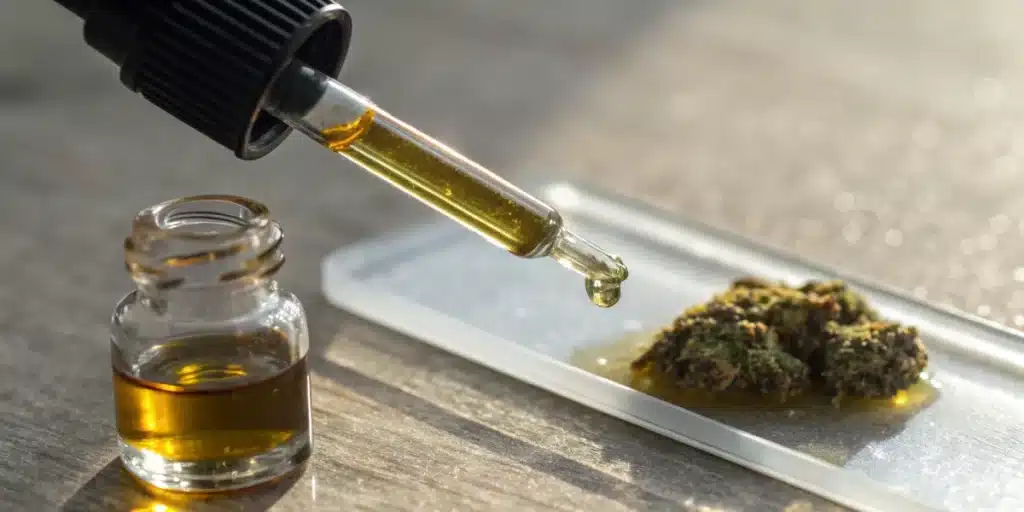
FAQs about Cannabis Extract vs Concentrate
What distinguishes an extract from a concentrate?
The primary distinction between cannabis extracts and concentrates lies in their production processes and potency. Extracts are created by removing specific compounds from the cannabis plant, while concentrates undergo additional processing to enhance their potency and purity.
Which product is generally more potent?
Concentrates are typically more potent than extracts due to their higher concentration of cannabinoids and terpenes. This increased potency allows for more intense effects, making them a popular choice among experienced users.
How should I choose between an extract and a concentrate?
Choosing between an extract and a concentrate depends on individual preferences and desired effects. Beginners may prefer extracts for their milder effects, while seasoned users may opt for concentrates for their potency. Understanding your tolerance and intended use can help guide your decision.



